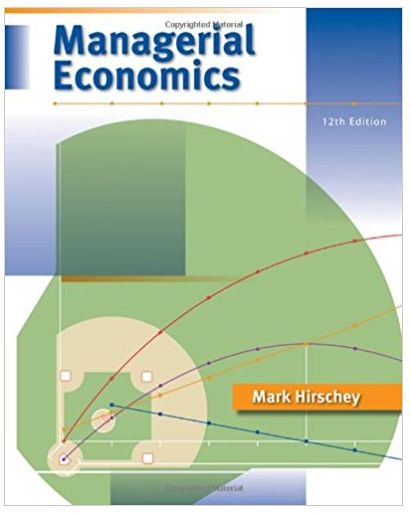A. Describe some of the advantages and disadvantages of ROE as a measure of corporate profitability. What
Question:
B. Define the profit margin, total asset turnover, and financial leverage components of ROE. Discuss the advantages and disadvantages of each of these potential sources of high ROE.
C. Based upon the findings reported in Table 11.3, discuss the relation between P/E ratios and profit margins, total asset turnover, and financial leverage. In general, which component of ROE is the most useful indicator of the firm’s ability to sustain high profit rates in the future?
While net income is an obviously useful indicator of a firm’s profit-generating ability, it has equally obvious limitations. Net income will grow with a simple increase in the scale of the operation. A 2% savings account will display growing interest income over time, but would scarcely represent a good long-term investment. Similarly, a company that generates profit growth of only 2% per year would seldom turn out to be a good investment. In the same way, investors must be careful in their interpretation of earnings per share numbers. These numbers are artificially affected by the number of outstanding shares. Following a 2:1 stock split, for example, the number of shares outstanding will double, while share price and earnings per share will fall by one-half. However, such a stock split neither enhances nor detracts from the economic appeal of a company. Because the number of outstanding shares is wholly determined by vote of the company’s stockholders, the specific earnings per share number for any given company at any point in time is somewhat arbitrary. Earnings per share numbers are only significant on a relative basis. At any point in time, the earnings per share number for a firm is relatively meaningless, but the rate of growth in earnings per share over time is a fundamentally important determinant of future share prices.
Fantastic news! We've Found the answer you've been seeking!
Step by Step Answer:
Related Book For 

Question Posted:





